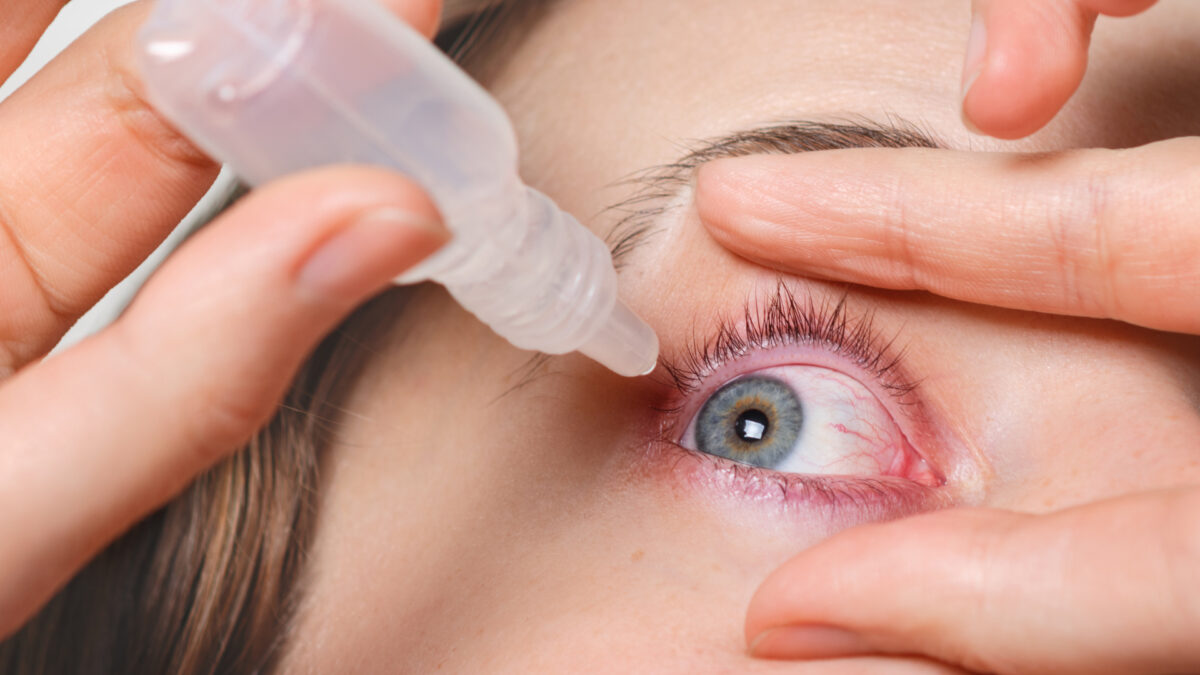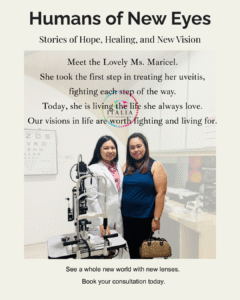I keep thinking on what piece to write on Women’s Month. I want to focus back on women’s health. The past week’s news talked about how the Kate Middleton, Princess of Wales has some abdominal cancer which caught the world unexpectedly and how Gia Sison, a Filipina doctor, and avid advocate of Women’s health and mental health passed away of cancer.

Kate Middleton, 42 year old, female, Princess of Wales, stunned the world when she said on TV “On January, I had a successful abdominal surgery, postoperatively there was evidence of cancer. and I had to undergo preventative chemotherapy. I had need some time to recover and to process the news, and I have to explain to my 3 children under 10, in an age appropriate way” https://people.com/king-charles-so-proud-kate-middleton-amid-cancer-diagnosis-8619313
Previously, there was some news on how she has been absent for the past 3 months and how she photoshopped her absent self to appear present. The twitter world was making fun of her blunder.
This news was followed by her shocking revelation which undoubtedly humiliated those who made fun of her. First, she is thankful for all the messages, good wishes and support she received. In the end of her cancer narrative, Princess did not mention, what type of cancer and what stage it is.
She ended her broadcast to mark that her work brought her deep joy and she cannot wait to return to her duties.
She focus on making a full recovery and spending more time with her family, her young family and also thanked what a relief and comfort her husband is at this time.
What of this woman?
Oh Kate. Always graceful, her highness royalty. Always inspiring people, her smile, her perfect features, hair, face, dresses, shoes, and royal demeanour.
Remember Whenever She Gave Birth
I cannot forget how she looked 3 hours after giving birth. Princess looked straight out of fashion show. How does anyone look so good after pregnancy and after a labor delivery? https://www.townandcountrymag.com/society/tradition/a19674665/kate-middleton-post-birth-appearance-differences-comparison/
I assisted women giving natural birth and it is nasty. Blood, sweat, tears, poop, saliva, fluids, vaginal fluids, cervical fluids. Blood everywhere. All mixed up. Pain transformed the delivering woman, from a woman to an animal.
The labouring woman needs to focus on two important things. Deliver her baby alive, safely, thru the seething pain. And keep her body alive to keep her baby alive, to suck on her bosoms.
Looking good after giving birth is not on the two important. No.
But she did. Why? Because nobody wants to see a labouring woman, pale in pain, fearful eyes, brushing with blood loss and unfathomable pain.
And she delivered. After giving birth, she had perfectly styled hair.
And Now Even with Cancer
And even after her cancer diagnosis and chemotherapy ridden body. She still have to be it, her perfectly styled hair. Good she didn’t have hair loss.
Now, the Princess also tells the world and the women, it is also royal to suffer. And it’s possible to still looked great, with perfect hair.
Who is Gia Sison?
Doctor Gia Sison was diagnosed with malignant breast tumour at the height of her career, in her early forties. Medical people can be ruthless and numb from all the diseases and suffering that we see and sometimes we also do that to our very selves, most especially when we are very sick. Doc Gia, immediately underwent radical removal of her diseased breast and underwent chemotherapy for months.
I read her article in 2015 on how she processed her condition and recovery. After surgery, she needed time to heal and she was angry, from all the suffering, the bleak future and the boredom that replace her life as a thriving doctor at that time. https://www.rappler.com/features/people/profiles/110368-battle-scar/index.html?utm_source=Facebook&utm_medium=Social&utm_campaign=SocialFlow
Doctor Gia Sison Photoshoot After Mastectomy
What was a tragedy became art. Doc Gia offered the world how a woman is no less of a woman, devoid of one cancerous breast. She looked like hope. She showed how beautiful and vibrant it is to be alive. It is still possible to be inspirational. Sometimes cancer takes a body part, but the fight also gives hope.
What Recovery Means?
These women wished to make a full recovery, physically. Medically, the aim is to remove cancer cells. Chemotherapy kills the cancer cells. In circumstances and studies when the benefits is greater than the risk of treatment, it is right and just to offer it. Recovery means living without cancer.
Little Experiences Add Up Changing Us
Every little trauma, big stresses, feelings of limbo, wins, victories. All of it changes us. Recovery not only means living without cancer, but recovering the hope that was loss in the process of battling an unknown, life changing enemy.
Remembering Doc Gia
Doc Gia not only become a breast cancer survivor. She also championed women’s mental health. She showed how to live without cancer and how cancer cannot stop you from living. But destiny always win in the end. https://www.rappler.com/entertainment/celebrities/physician-mental-health-advocate-gia-sison-dies/
Ladies, what now?
Some photos may be able to help us understand our bodies better. It is not just that we look great, but that we also feel great. Women have been far too judged than anything on this planet. How to still feel great after all of that judgment? Live on your own terms and conditions. And Know Yourself.















